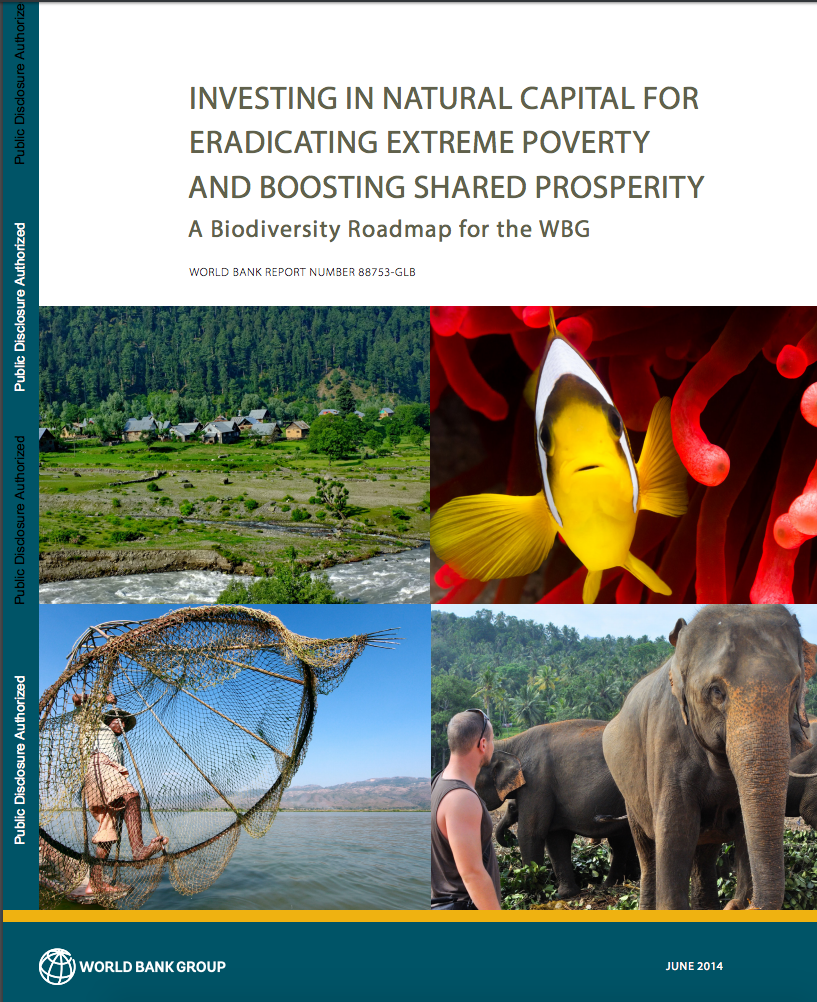Voter Response to Natural Disaster Aid : Quasi-Experimental Evidence from Drought Relief Payments in Mexico
The paper estimates the effects on
presidential election returns in Mexico of a government
climatic contingency transfer that is allocated through
rainfall-indexed insurance. The analysis uses the
discontinuity in payments that slightly deviate from a
pre-established threshold, based on rainfall accumulation
measured at local weather stations. It turns out that
voters reward the incumbent presidential party for


